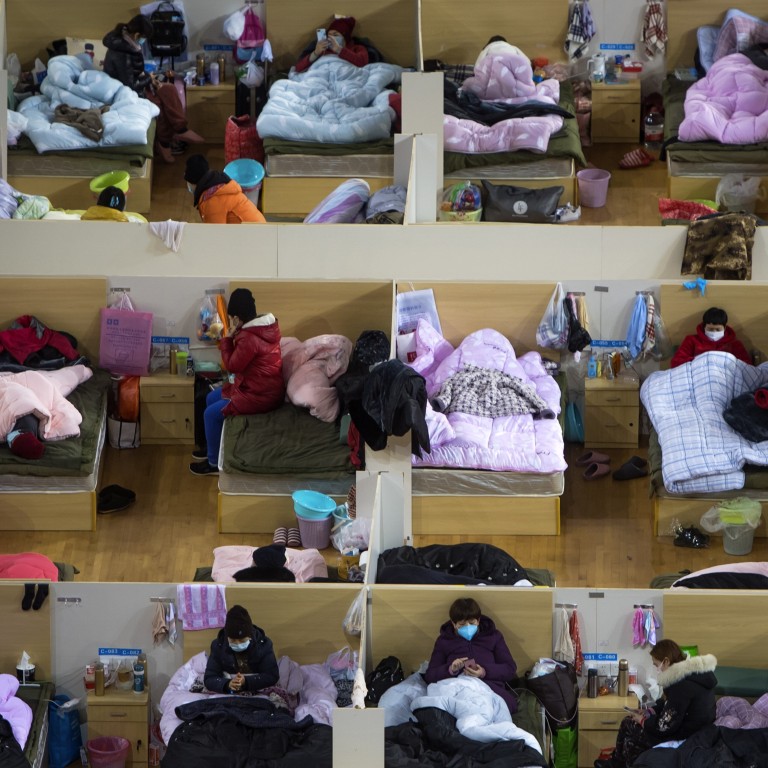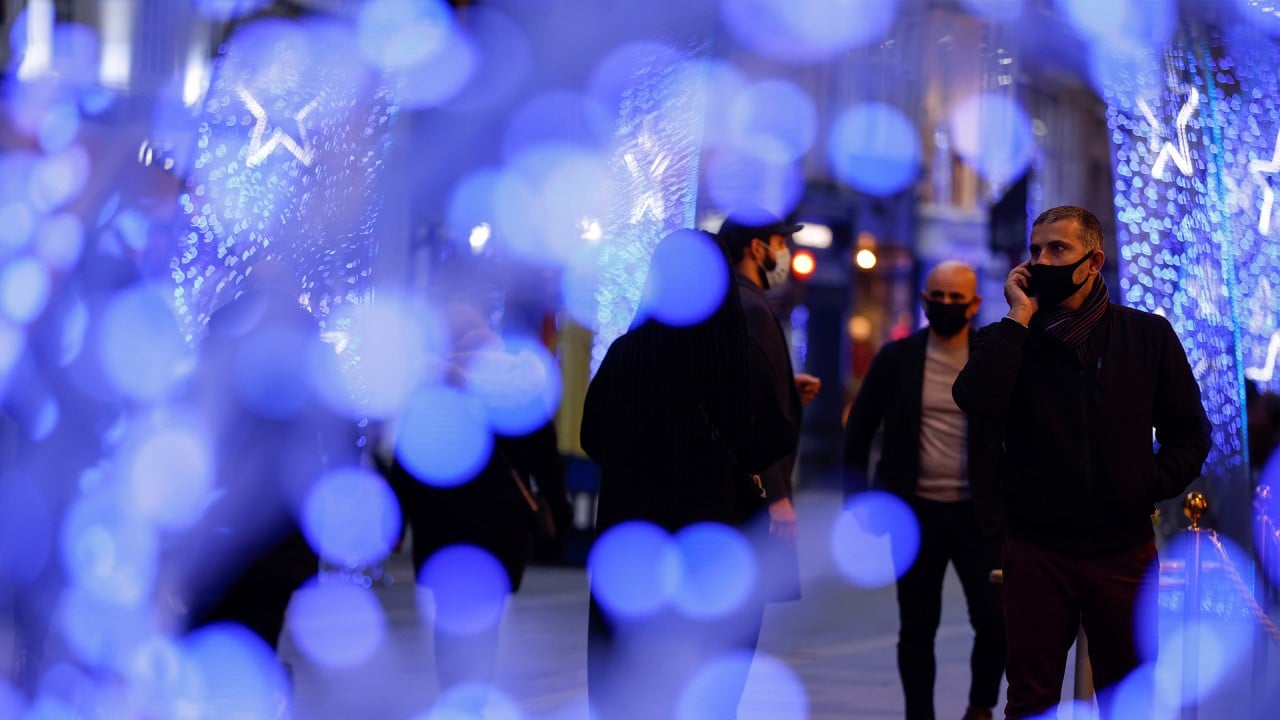
Did half a million people in Wuhan contract the coronavirus?
- Large-scale study finds Covid-19 antibodies in more than 4 per cent of blood samples taken from residents of the Chinese city
- Results suggest infections were more widespread than official total of confirmed cases, experts say
The results from the first large-scale survey of its kind in the country indicated that 4.43 per cent of the city’s residents had antibodies for the virus, a standard measure of past infection.
While various factors, including uneven distribution of infections within a population, make it difficult to pinpoint how many people were infected, the findings suggest that roughly half a million people in the city may have contracted the virus during the initial outbreak.
That total is 10 times the 50,008 people officially recorded by mid-April in Wuhan, where a flood of infections overwhelmed the city’s health system in the weeks after the virus was first identified late last year.

05:47
Returning to Wuhan one year since the Chinese city became ground zero of the Covid-19 pandemic
The survey was conducted by the Chinese Centre for Disease Control and Prevention (CDC) a month after China’s first wave of Covid-19 was suppressed.
In all, blood samples were taken from 34,000 people in Wuhan, the surrounding Hubei province, Beijing, Shanghai, and four other provinces. Of those, 11,000 were collected in Wuhan in mid-April, according to state media.
The researchers carried out serological tests, looking for antibodies, or blood proteins made by the immune system to fight Covid-19. These antibodies remain in the body long after the signs of an active infection have gone.
The team found that 0.44 per cent of the Hubei samples outside of Wuhan had coronavirus antibodies, while signs of just two previous infections were detected in the 12,000 people tested outside the province.
Public health specialists said the results also indicated the scale of infections that were missed in the epicentre.

04:14
Covid-19: coronavirus variants seen in Britain, South Africa spread worldwide
Song Fujian, from the Norwich Medical School at the University of East Anglia in Britain, said that “given the chaotic situation and limited testing capability during the early phase of the epidemic in Wuhan” the serological survey results might be “more accurate than the reported number of confirmed cases”.
Song cautioned that the 4.43 per cent prevalence might be an overestimation, possibly reflecting samples taken from an area with a higher rate of cases or an older population.
But a total closer to half a million in Wuhan would correspond to infection fatality rates estimated elsewhere, he said, drawing a comparison to results from a serological study in Spain published last month.
Wuhan doctor hailed for first reporting coronavirus defends China’s handling of outbreak
In another blood antibody study published in the journal Nature Medicine in June, a separate group of scientists found 3.2-3.8 per cent of 17,000 people tested in Wuhan had previously been infected with the coronavirus.
Similar studies around the world have found big gaps between the number of confirmed cases and community prevalence.
Research published in the journal Nature last month estimated that 1.7 million New Yorkers, or about 20 per cent of the city’s population, had been infected with the virus, by mid-May. At the time, the city reported around 190,000 cases, about a ninth of the researchers’ estimated infections.
There are medical explanations for discrepancies in such Covid-19 antibody studies. Epidemiologists say that about 20 per cent of people who contract the virus never show symptoms. Those people and others with mild symptoms may never get tested for an active infection but still show up later as a positive case in an antibody test.
Virologist Ian Mackay, an associate professor at the University of Queensland in Australia, said it was not surprising that a large proportion of cases could be missed, given the asymptomatic cases and that people who were not gravely ill might want to avoid overrun hospitals.
Coronavirus crisis will not be the last pandemic, says World Health Organization’s chief
“Exactly how much we have missed we don’t exactly know, but this gives us an idea that we have missed quite a bit,” Mackay said, referring to the CDC data.
In the initial outbreak in Wuhan, a lack of testing kits and hospital beds might have led to fewer confirmed cases, according to Yanzhong Huang, a senior fellow for global health at the Council on Foreign Relations in New York.
“But there might also be under-reporting,” he said, noting that in China, asymptomatic cases were counted separately from confirmed cases, further complicating reported totals.

03:57
Coronavirus: what we know so far about the new strain of Covid-19
Changing case definitions used by medical professionals in China could be another factor. A Lancet Public Health article published in April concluded that if an updated diagnostic standard had been used throughout the outbreak, around 232,000 people could have been confirmed infected in China by late February, as opposed to the official total of 55,550.
“The number of individuals who were infected is likely to be greater than 232,000 because many mild cases were not tested or confirmed, and some infections were asymptomatic,” the authors of the paper, from the University of Hong Kong’s school of public health, said.
Remembering Li Wenliang: the Wuhan doctor who warned the world about coronavirus
But experts agreed that the very low prevalence of the antibodies outside Wuhan indicated that the city’s lockdown from January 23 stopped the virus spreading to the rest of the country. It also pointed to a low level of natural immunity throughout China, they said.
“It shows that the lockdown process that happened quite dramatically to keep Wuhan contained did have an effect,” Mackay said.
“[It] stopped the same process that happened in Wuhan from happening in every other big city in China.”


